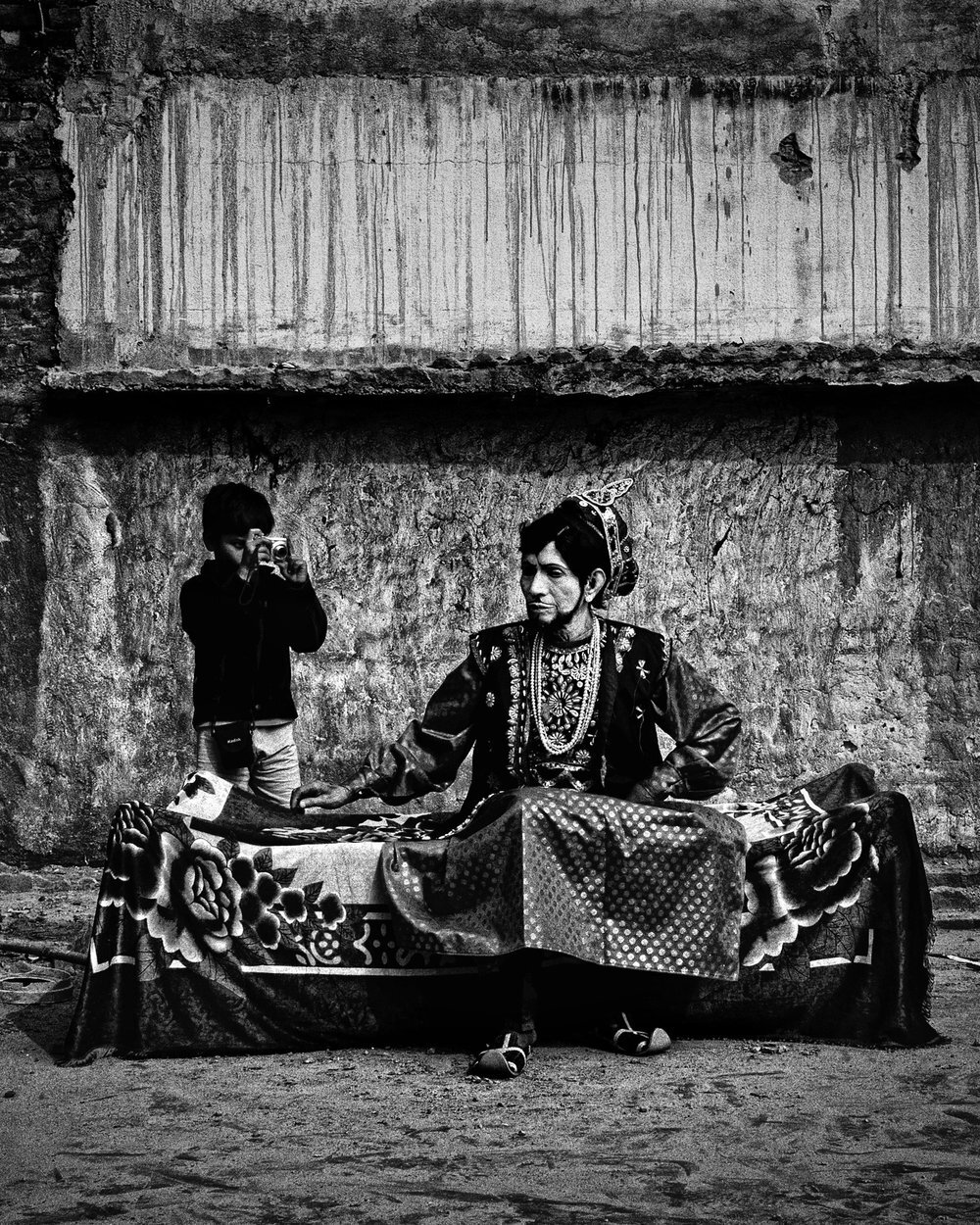Serena Chopra Exhibitions
SERENA CHOPRA: Chandernagor: A Legacy of French Heritage
December 5, 2020 - February 15, 2021
In 2013, Serena Chopra was invited to Chandernagor on an assignment from Bonjour India – Festival of France to photograph the area previously known as Établissements français dans l'Inde (colonial French India). Chopra’s previous series on Bhutan (2007) and on Majnu Ka Tilla (2009-2012) firmly displayed her process of examination and formal documentation of the people, interiors, and exteriors of the communities she spends years researching, with a desire to have the community speak in their own words. For the Chandernagor series, instead of focusing primarily on the people of the region, Chopra turned to study the unique French architecture built during this time (1673-1954).
SERENA CHOPRA:
The Tale of Time: Survivors of the 1947 Partition of India and Pakistan
December 5, 2020 - February 15, 2021
Serena Chopra was commissioned by the Partition Museum in Amritsar, Punjab to capture the reality of the 1947 Partition of India and Pakistan which displaced over 14 million people. Chopra’s mother was born in Pakistan and her familial connection to the history and trauma of this event is echoed in the survivors’ stories and faces. In August 2017, the Partition Museum opened on the 70th Anniversary of Partition, and serves to uphold the memory of this monumental and complicated event.
FACE OFF
January 24th - March 17th, 2018
A group show that explores confrontational and performative portraiture by seven artists working in installation, video, and photography. The exhibition features the work of Vivan Sundaram, Joaquin Trujillo, Pamela Singh, Angelika Sher, Nandita Raman, Soumya Sankar Bose, Serena Chopra and surprises from the private collection of Nigel Maister.
SERENA CHOPRA: MAJNU KA TILLA DIARIES
October 28 – December 10, 2016
A solo show of Serena Chopra’s work exploring the lives of the residents of Majnu Ka Tilla, a refugee colony of Tibetans in New Delhi where thousands of exiles have lived for nearly 40 years. Chopra informs her photographs with extensive personal interviews, coupling image and text in a diary-like format to reveal the sitter’s views on life and a communal optimism that one day they will return to Tibet.




